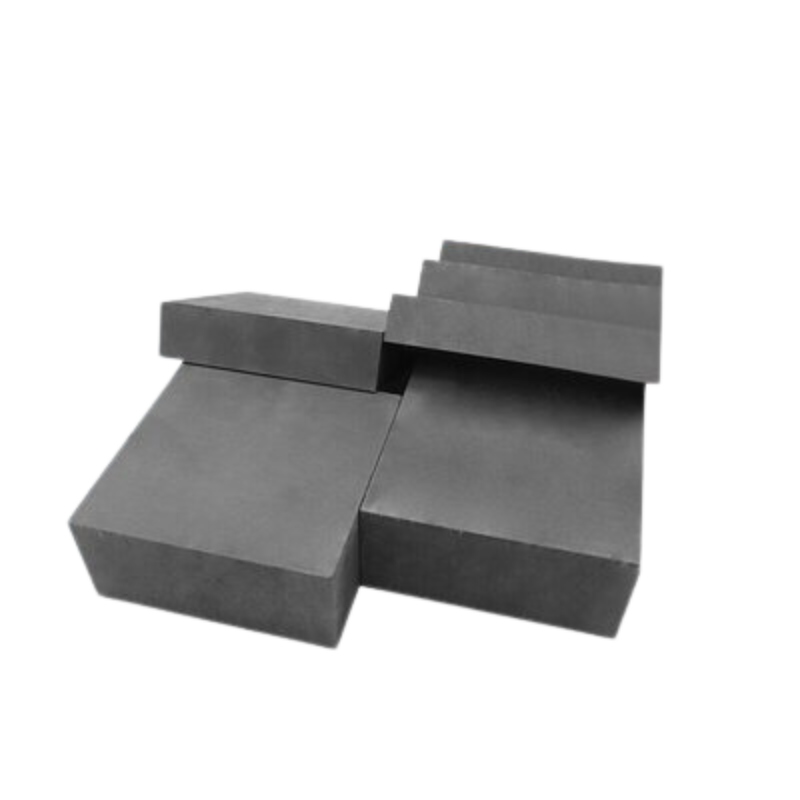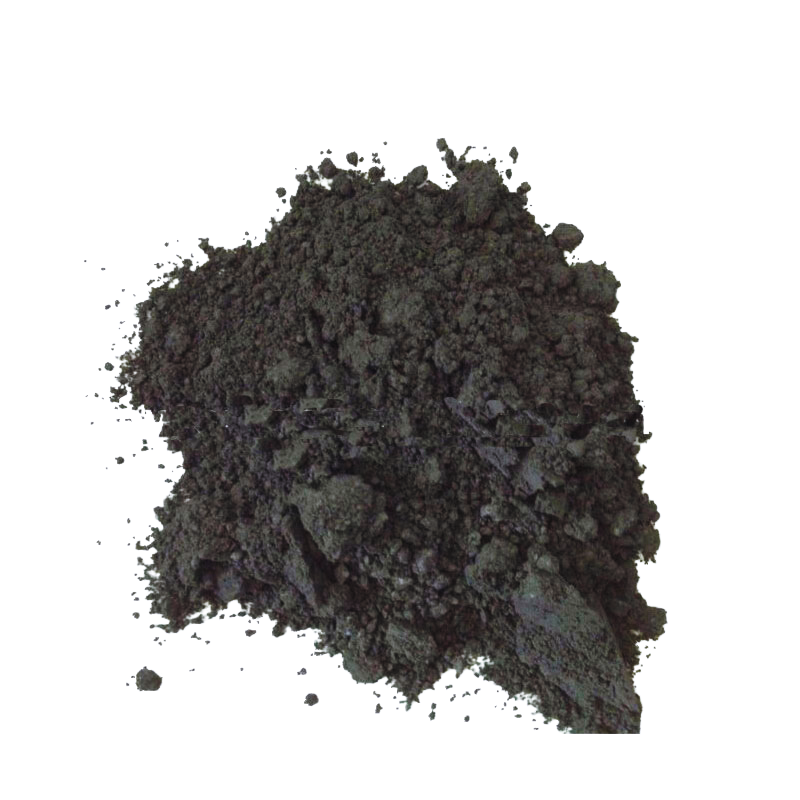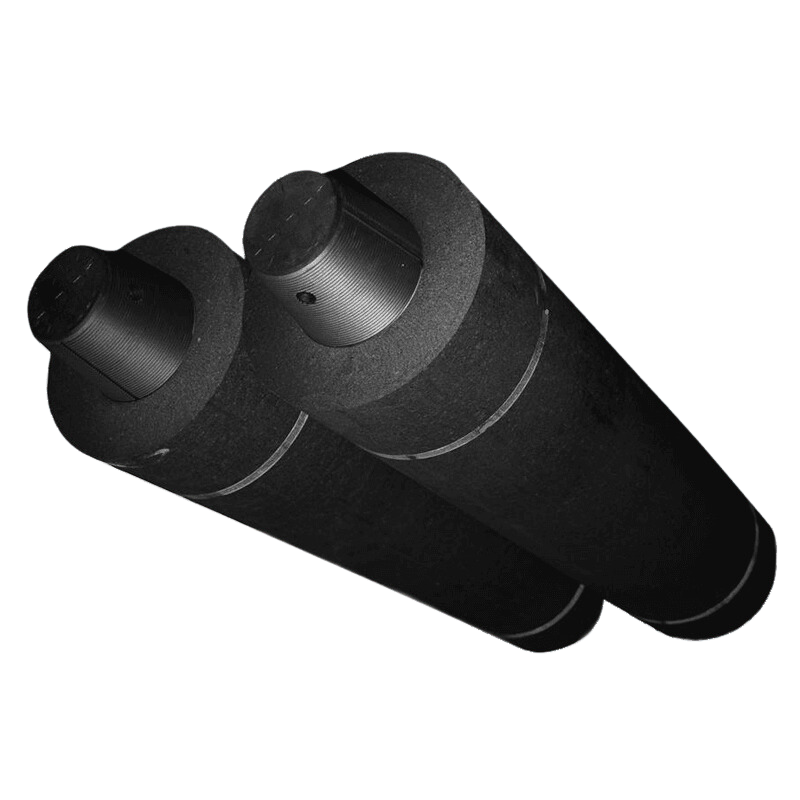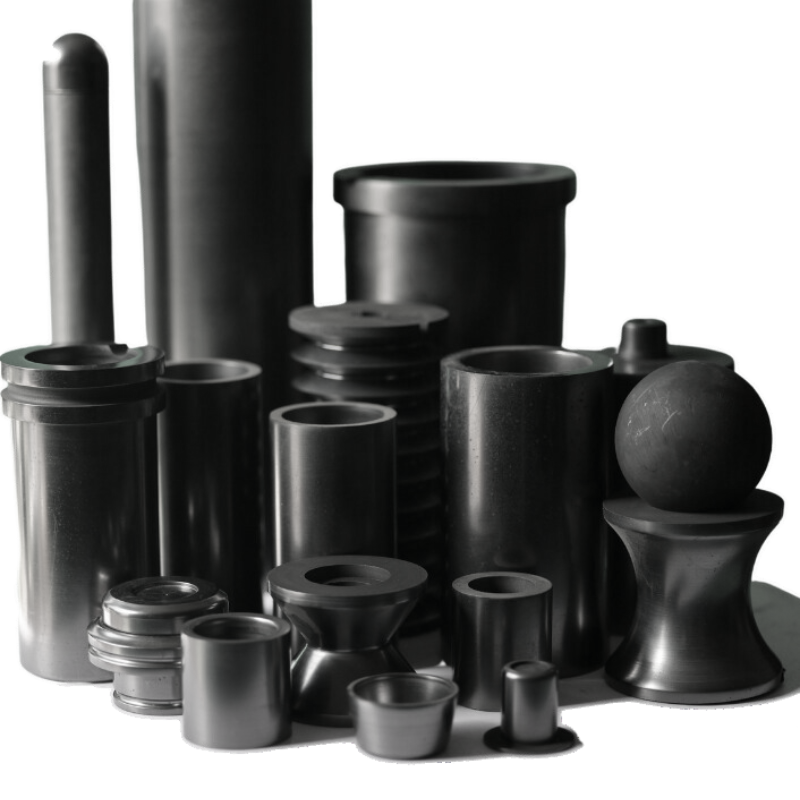The possible reasons for the occurrence of quenching cracks in high-strength graphite molds may include several factors. Here are some potential causes:
1.Material Quality Issues: The quality of graphite molds significantly affects their performance. If there are impurities, pores, or other defects in the raw materials, these flaws may lead to cracks during the quenching process.
2.Improper Quenching Process Control: Quenching is a critical step in the manufacturing process of graphite molds. If the quenching temperature, speed, or choice of cooling medium is inappropriate, it can easily result in cracks in the mold.
3.Poor Design: The design of the mold could also be a contributing factor to the occurrence of cracks. Unreasonable geometry, excessive wall thickness, or other design flaws may lead to stress concentration during quenching, triggering cracks.
4.Processing Technique Issues: Improper operations during the processing, such as excessive processing temperature or inappropriate cutting speeds, can also lead to cracks in the mold.
5.Excessive Temperature Gradient: During the quenching process, if there is a significant temperature gradient, especially between the surface and the interior, it may cause uneven stress in the graphite mold, leading to cracks.
To address these issues, measures can be taken, such as improving the quality of raw materials, optimizing quenching processes, refining designs, enhancing process control, and implementing regular inspections and maintenance of the molds.





